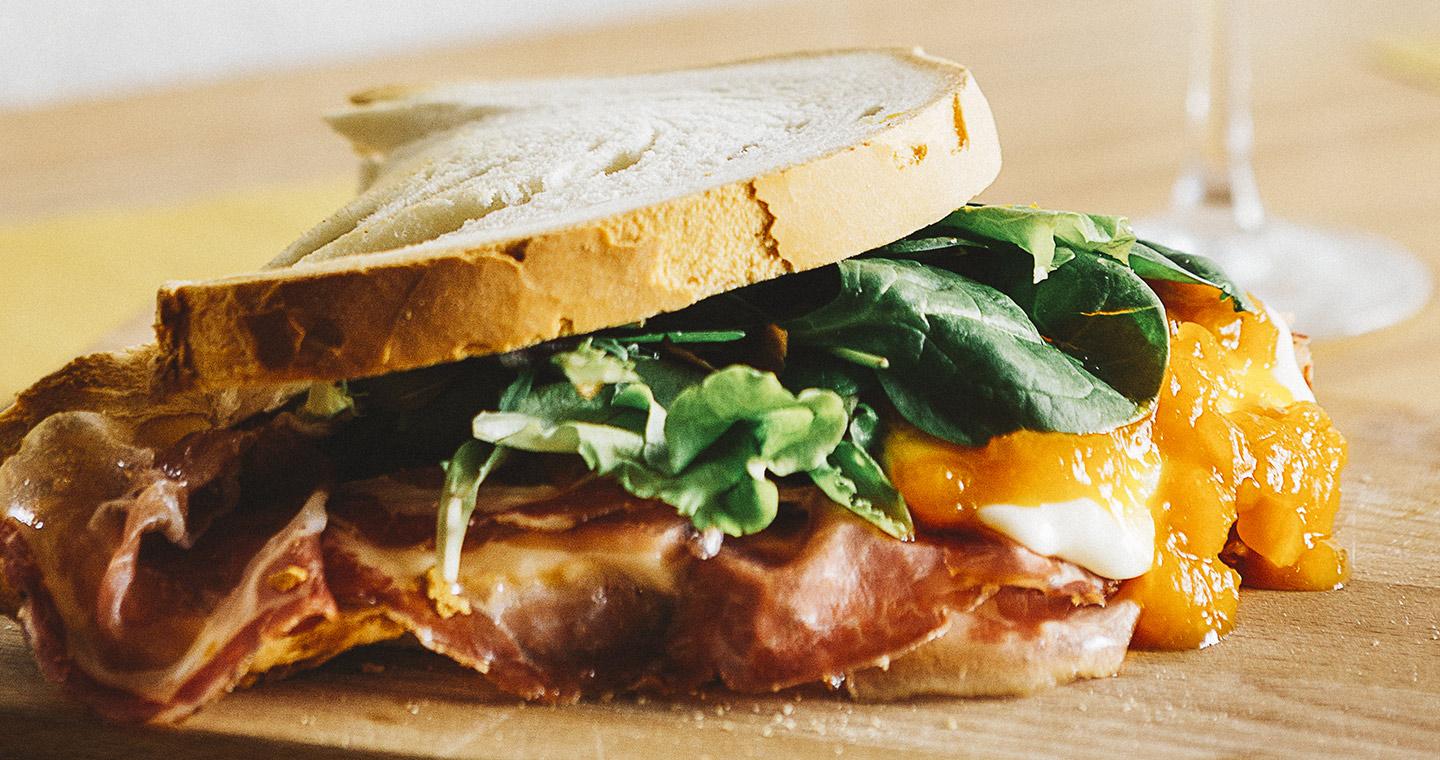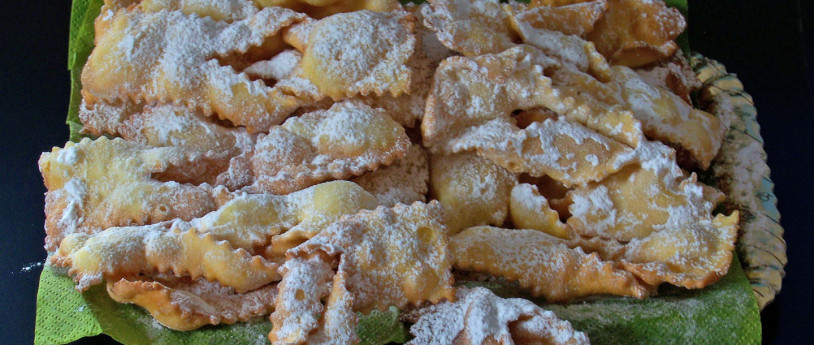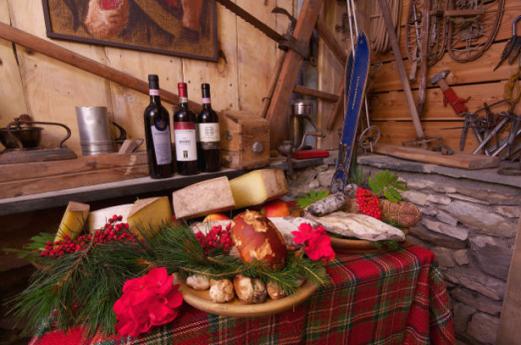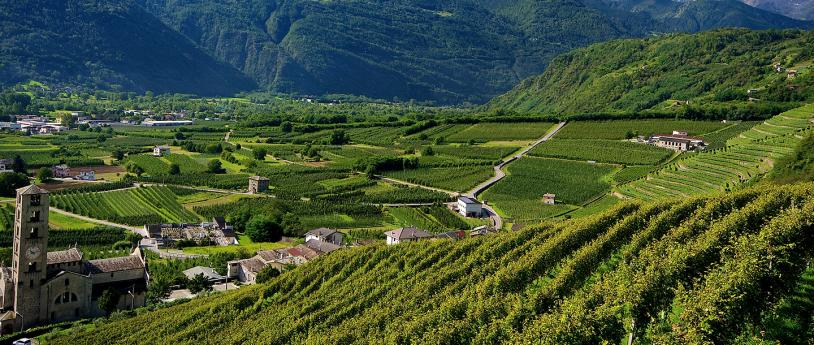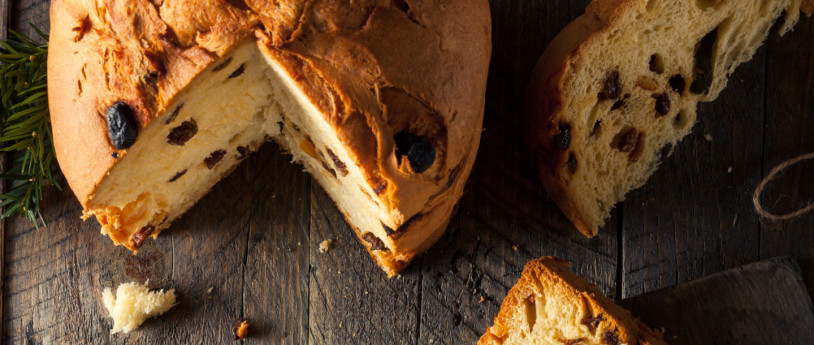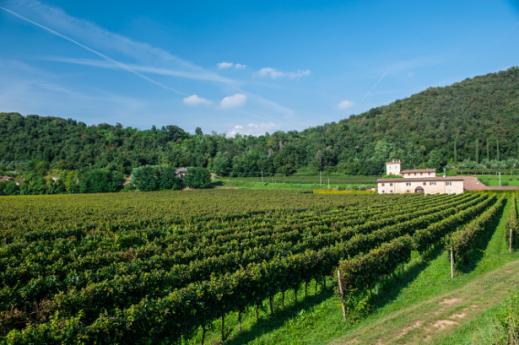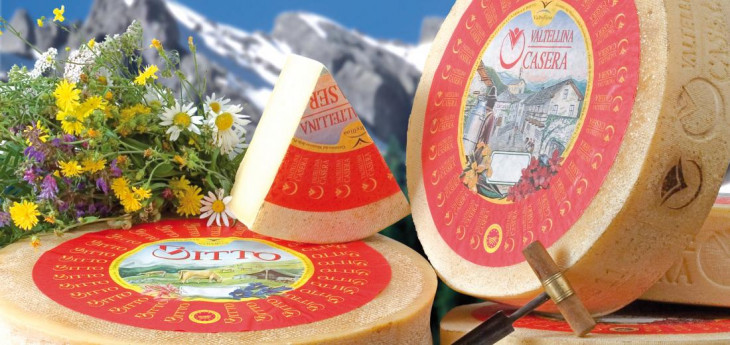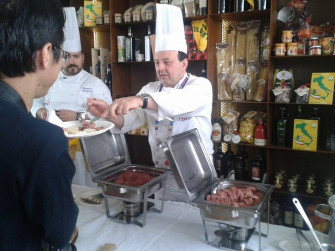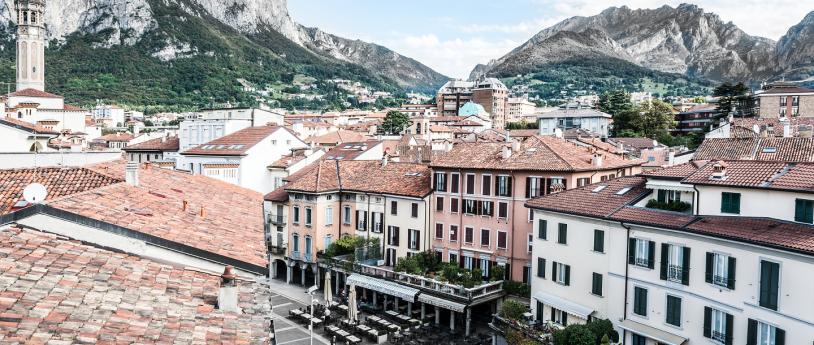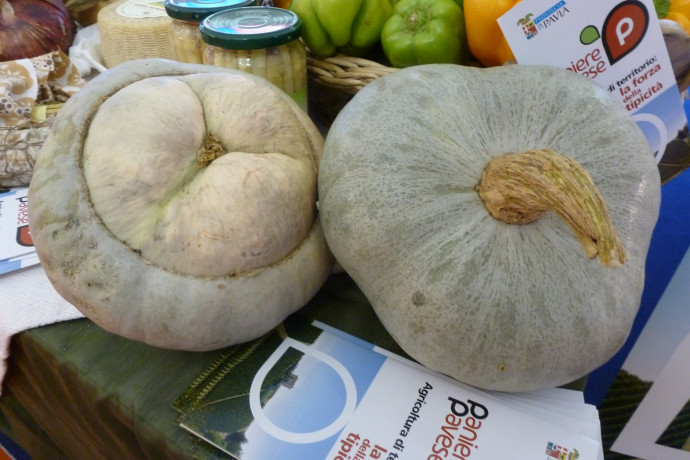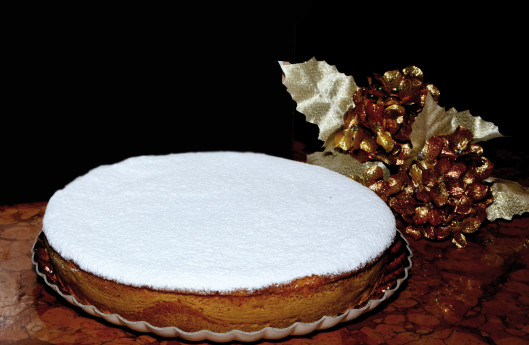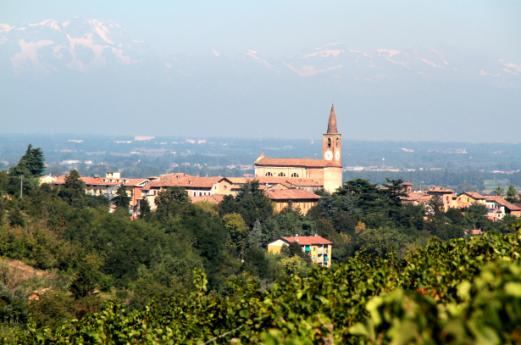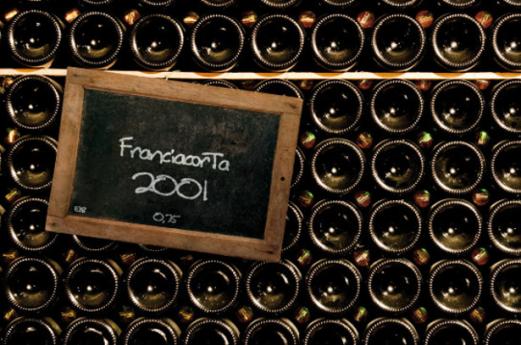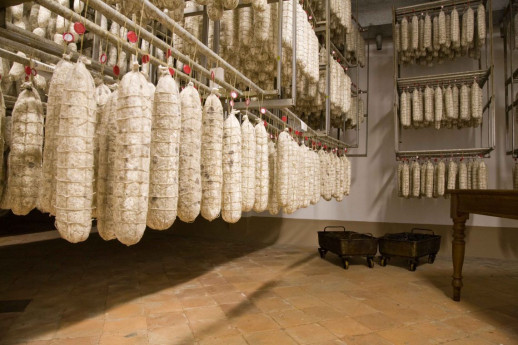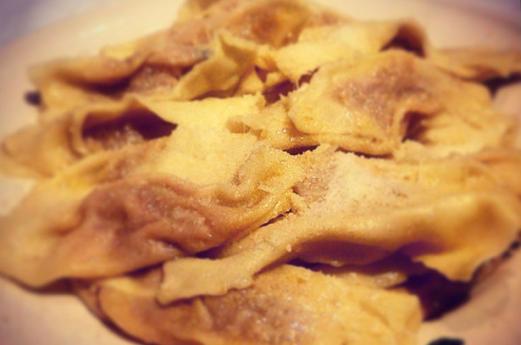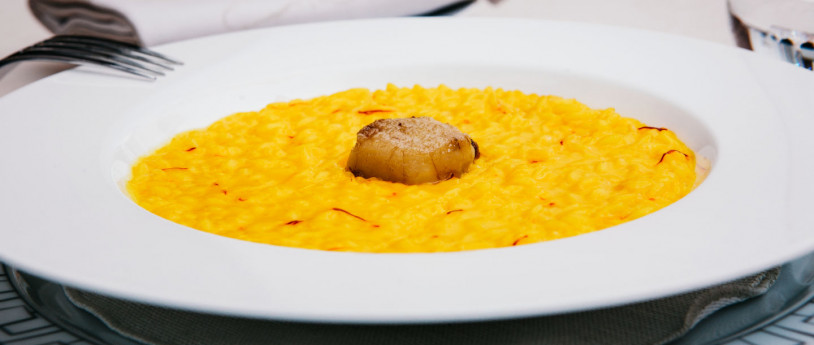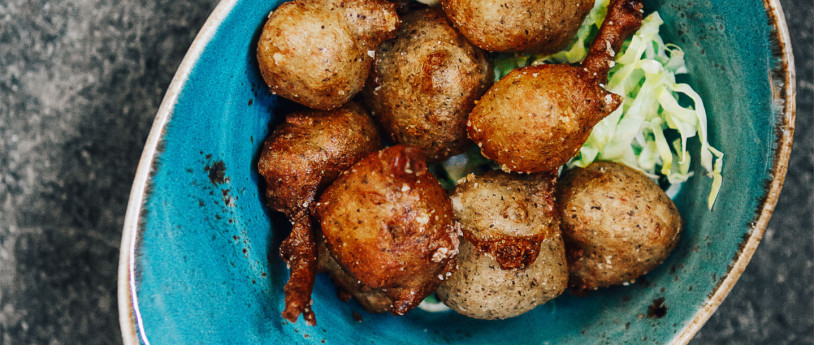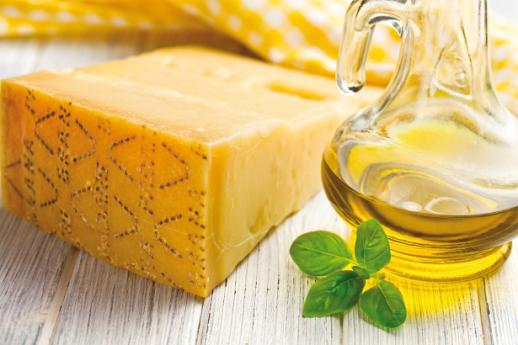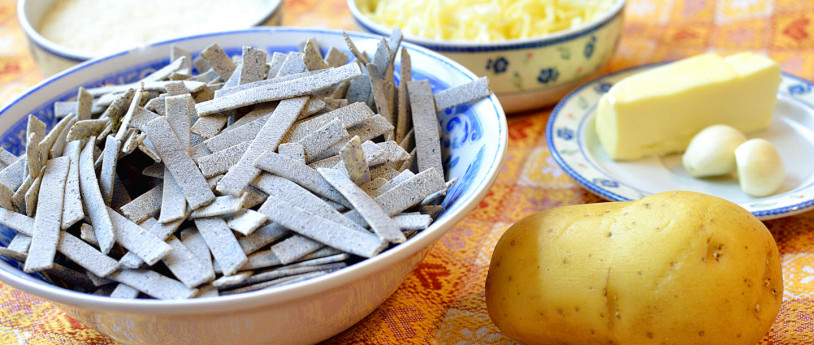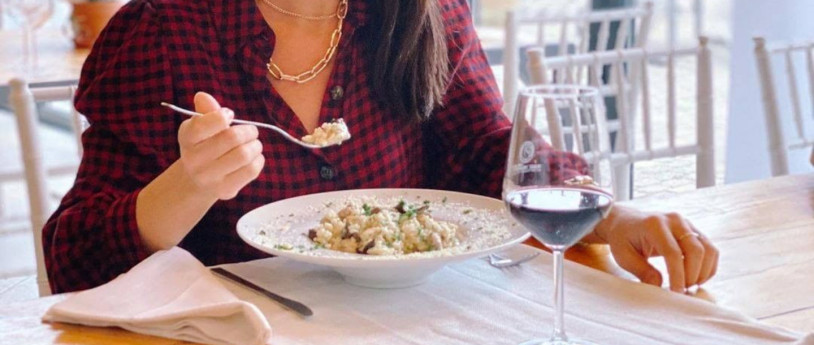- Food & Wine
Oltrepò Pavese, le Vie del Gusto
The tranquil Oltrepò is the home of 36 DOC-certified wines, which accompany a traditional cuisine with its roots in Italy’s remote history
Peace and quiet. When you head south from Milan and cross the Po River, you enter a thriving landscape which stays cool in summer yet never gets too harsh in winter.
Once upon a time, this was a place where agriculture and country life were key, but in recent years it has become a refuge for intellectuals and artists in search of a place to relax and nurture their creativity. Its wonderful villages, like Varzi and the medieval hamlet of Fortunago, which are among the most beautiful in all of Italy, are certainly deserving of a visit, while lovers of relaxation will appreciate a regenerative stopover in Salice Terme.
Rolling hills, imposing castles. The Oltrepò is a land of rolling hills covered with vines and dotted with medieval castles, some of which have become stunning residences while others have remained fascinating vestiges of the past. This is an area of tranquillity and good food, a recipe bound to nourish your body and soul. The secret of the Oltrepò’s charm is written large on the plaque that welcomes guests at one of the authentic local agritourisms: Hic manebo optime (It’s nice here). And it is, thanks to the landscape, the clean air, the views of the Po Valley and the excellent food and wine.
DOC-certified area. There are 36 DOC-certified wines in the area, the majority of which are made from Croatina and Barbera grapes for the reds and Riesling and Moscato for the whites. There’s also an excellent Oltrepò Spumante Metodo Classico DOCG, which is made from Pinot Nero, Pinot Grigio, Pinot Bianco and Chardonnay grapes. The local hills produce three quarters of all Italy’s Pinot Nero.
Ingenious delicacies. The traditional cuisine is all about meat. One of the most well-known local products is Salame di Varzi DOP, which was first made around 2000 years ago when the Longobards needed to find a way to feed themselves when moving around an area where the harsh climate was compounded by scarce resources. The unique thing about this particular cured meat is that it is produced with all parts of the pig, even the more prized parts which are usually made into prosciutto or eaten fresh.
